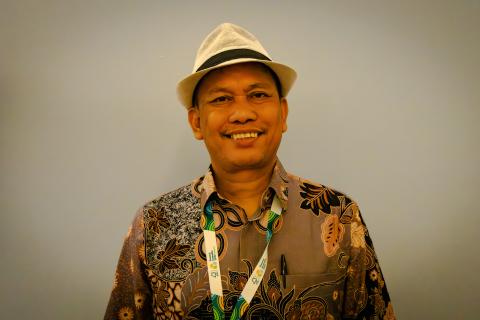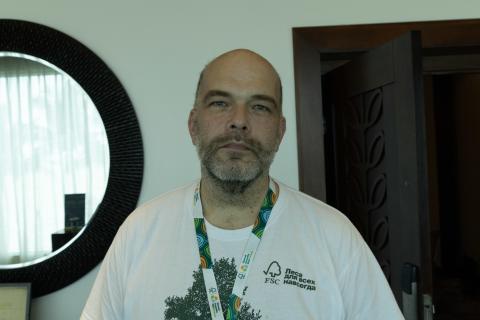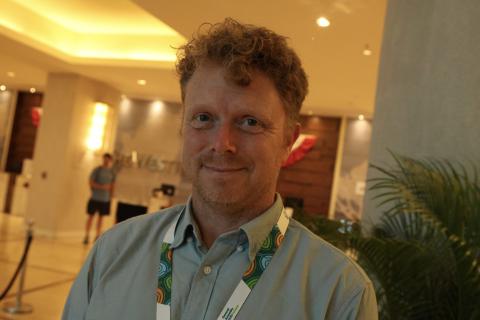More needed to put smallholders on FSC’s map
A side meeting yesterday FSC IC confirmed that key challenges remain for smallholders. Perspectives from three regions were offered on their success in applying the Small and Low Intensity Managed Forest (SLIMF) standard.
A side meeting yesterday moderated by Shoana Humphries, Social Policy Manager of FSC IC, confirmed that key challenges remain for smallholders that are hindering their access to certification. Perspectives from three regions were offered on their success in applying the Small and Low Intensity Managed Forest (SLIMF) standard.
Ian Hanna, FSC US Director of Development, outlined several enabling factors that have led to successful models in the US, including: a strong and capable group manager; bundling of incentives; dependable and diversified funding; database driven management systems; scalability; differing group manager models; industry association programs; government agency management; and NGO advocacy organizational support.
Numbering at some 10 million and accounting for two thirds of wood production, smallholders in the US he noted hold enormous potential to impact the national and international timber market.
After Manuel Hernandez from FSC Honduras presented their lessons learned from their challenges of applying the SLIMF model in Honduras, he urged FSC IC to implement 32 Policy Motion which was approved back in 2008.
Motion 32 (2008)
Motion to reformulate the SLIMF Eligibility Criteria (FSC-STD-01-003 V1-0)
Motion 28 (2011)
Incentives for obtaining and maintaining certification for communities and SLIMF forest operations
With Motion 28 (2011) on the table this year urging FSC to change the criteria for low intensity operations, FSC is waiting to see if this Motion will be approved before making further changes to the document, and anticipates to publish a new version of the eligibility criteria later this year.
Angel Pervi Martinez, leader of the Agroforestry Cooperative Colón Atlántida Honduras (COATLAHL) explained:
When we first became certified in 2006 our certification costs were covered by external funders, but over time we had to create our own fund from a percentage of sales of our products in order to cover our certification costs. It took several years to set up this fund, but it has a now become a part of our regular business practices.”
In order to increase the value of material coming from community operations, FSC has been working on a pilot project in Europe with Fair Trade to create a joint label for community operations. The current label reads: “From well-managed forests of small or community producers,” yet this language is likely to go to review again, due to concerns around the meaning of “community producers.” A separate label will exist for FSC that would allow mix material, while the joint label with Fair Trade will be strictly 100% pure FSC content.



